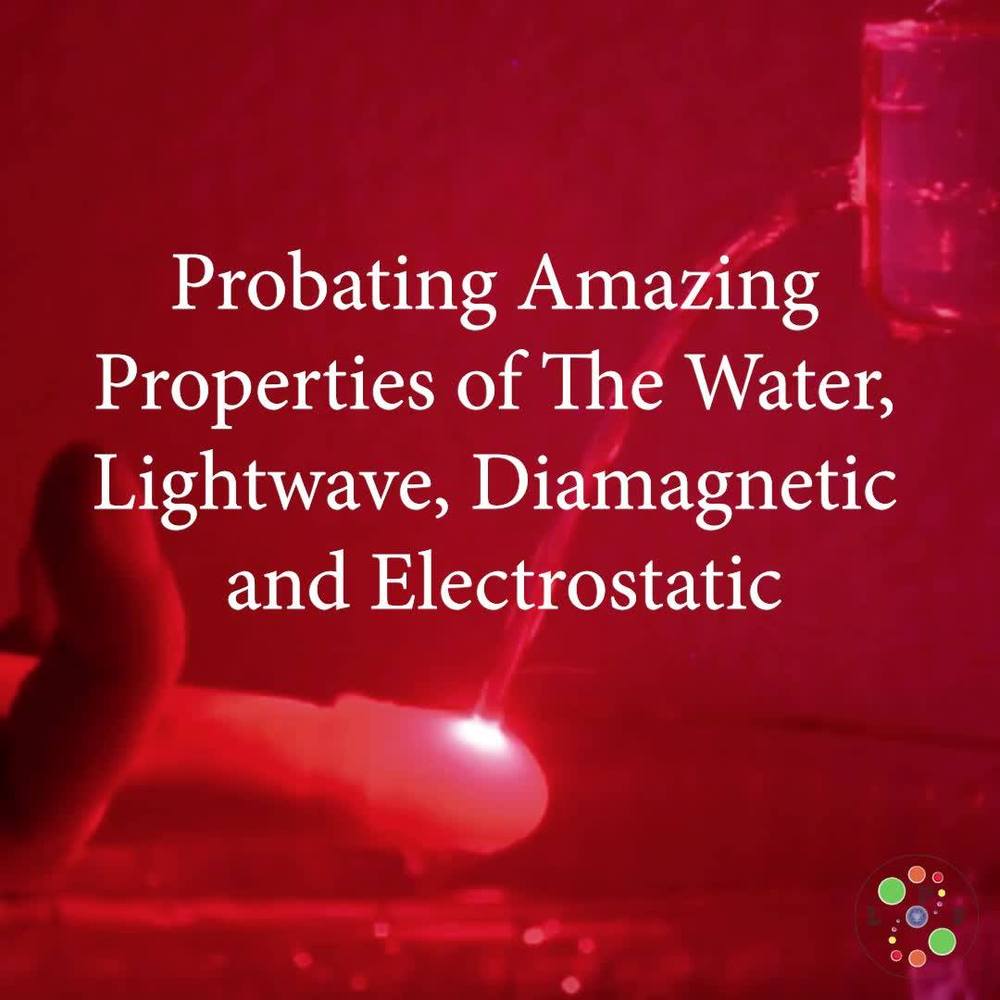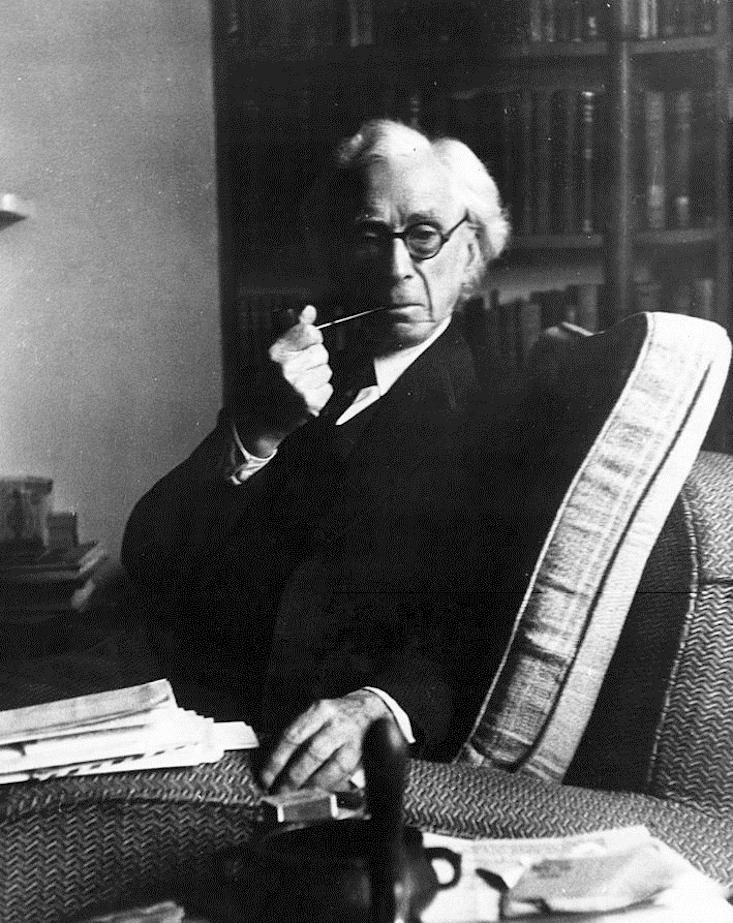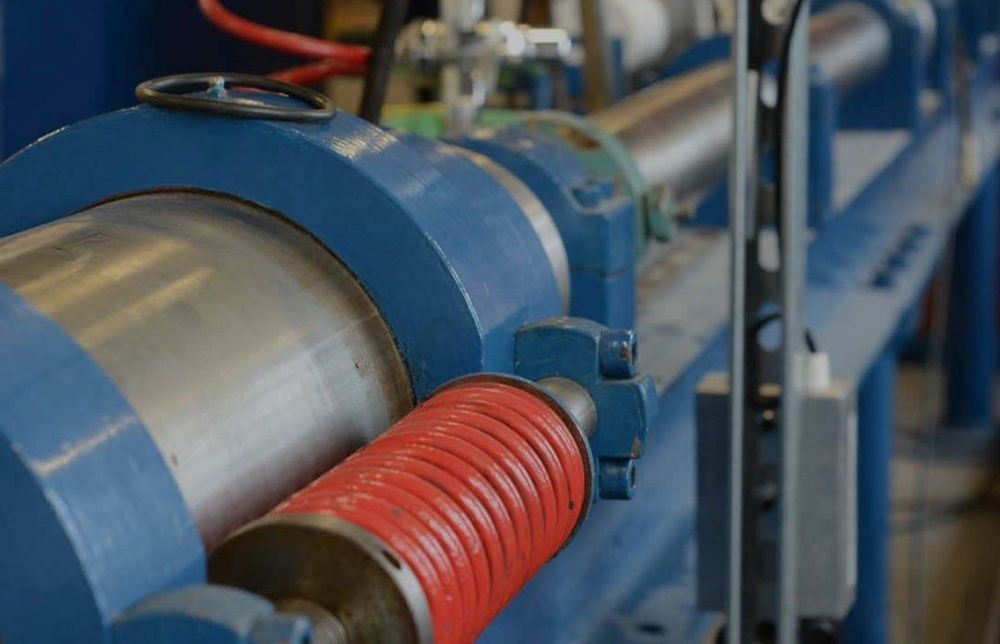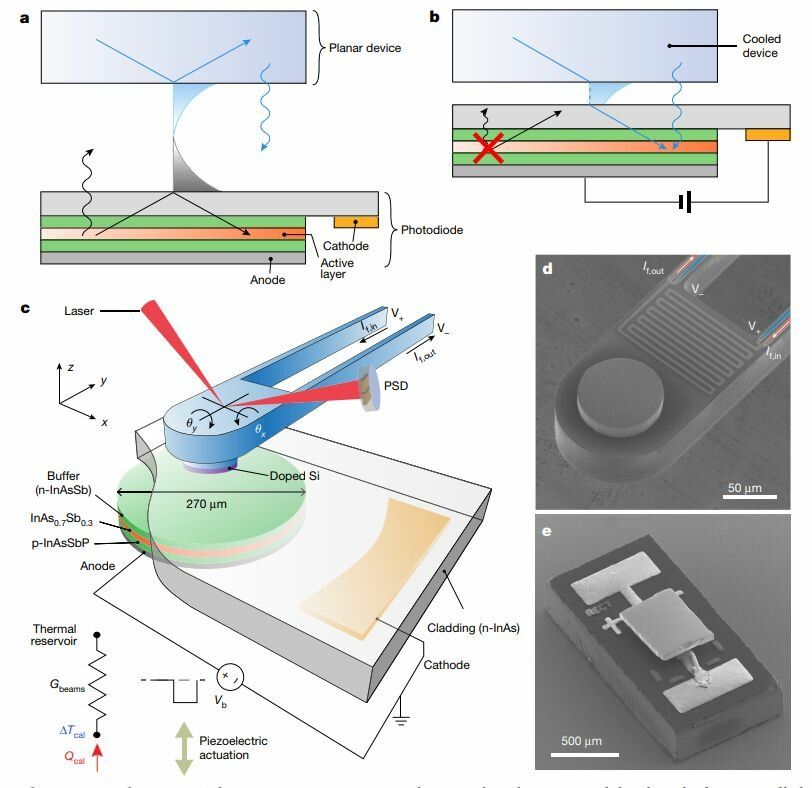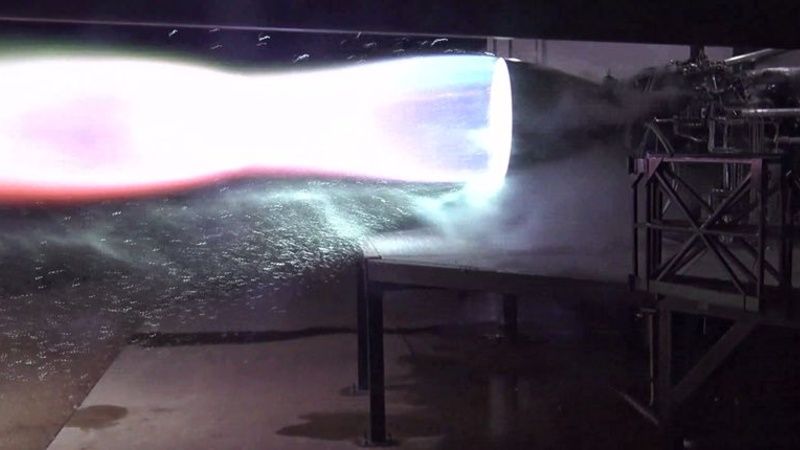Page 9052
Feb 14, 2019
Selfies to Self-Diagnosis: Algorithm ‘Amps Up’ Smartphones to Diagnose Disease
Posted by Ours Ondine in categories: biotech/medical, health, information science, mobile phones
Smartphones aren’t just for selfies anymore. A novel cell phone imaging algorithm can now analyze assays typically evaluated via spectroscopy, a powerful device used in scientific research. Researchers analyzed more than 10,000 images and found that their method consistently outperformed existing algorithms under a wide range of operating field conditions. This technique reduces the need for bulky equipment and increases the precision of quantitative results.
Accessible, connected, and computationally powerful, smartphones aren’t just for “selfies” anymore. They have emerged as powerful evaluation tools capable of diagnosing medical conditions in point-of-care settings. Smartphones also are a viable solution for health care in the developing world because they allow untrained users to collect and transmit data to medical professionals.
Although smartphone camera technology today offers a wide range of medical applications such as microscopy and cytometric analysis, in practice, cell phone image tests have limitations that severely restrict their utility. Addressing these limitations requires external smartphone hardware to obtain quantitative results – imposing a design tradeoff between accessibility and accuracy.
Continue reading “Selfies to Self-Diagnosis: Algorithm ‘Amps Up’ Smartphones to Diagnose Disease” »
Feb 13, 2019
The Case for Professors of Stupidity
Posted by Xavier Rosseel in category: neuroscience
Where do I sign up!? 🤪.
On this past International Holocaust Remembrance Day, I reread a bit of Bertrand Russell. In 1933, dismayed at the Nazification of Germany, the philosopher wrote “The Triumph of Stupidity,” attributing the rise of Adolf Hitler to the organized fervor of stupid and brutal people—two qualities, he noted, that “usually go together.” He went on to make one of his most famous observations, that the “fundamental cause of the trouble is that in the modern world the stupid are cocksure while the intelligent are full of doubt.”
Russell’s quip prefigured the scientific discovery of a cognitive bias—the Dunning–Kruger effect—that has been so resonant that it has penetrated popular culture, inspiring, for example, an opera song (from Harvard’s annual Ig Nobel Award Ceremony): “Some people’s own incompetence somehow gives them a stupid sense that anything they do is first rate. They think it’s great.” No surprise, then, that psychologist Joyce Ehrlinger prefaced a 2008 paper she wrote with David Dunning and Justin Kruger, among others, with Russell’s comment—the one he later made in his 1951 book, New Hopes for a Changing World: “One of the painful things about our time is that those who feel certainty are stupid, and those with any imagination and understanding are filled with doubt and indecision.” “By now,” Ehrlinger noted in that paper, “this phenomenon has been demonstrated even for everyday tasks, about which individuals have likely received substantial feedback regarding their level of knowledge and skill.” Humans have shown a tendency, in other words, to be a bit thick about even the most mundane things, like how well they drive.
Feb 13, 2019
First Light Uses a Electromagnetic Railgun to Fire Mach 58 Projectiles to Create Fusion
Posted by Quinn Sena in category: cosmology
First Light Fusion is trying to generate energy using inertial confinement fusion. They spunout from the University of Oxford in June 2011.
First Light uses a high-velocity projectile (58 times the speed of sound) to create a shockwave to collapse a cavity containing plasma inside a ‘target’. The design of these targets is First Light’s technical USP.
The company’s approach was inspired by the only example of inertial confinement found on Earth – the pistol shrimp, which clicks its claw to produce a shockwave that stuns its prey. The only other naturally occurring inertial confinement phenomenon is a supernova. The reaction created by the collapsing cavity is what creates energy, which can then be captured and used.
Feb 13, 2019
New Artificial Leaf Design Could Absorb Far More CO2
Posted by Quinn Sena in category: sustainability
Feb 13, 2019
Elusive ‘black panther’ alive and well in Kenya, study shows
Posted by Quinn Sena in category: futurism

Whispers of sightings of the elusive black leopard have long swirled around central Kenya, and scientists have now confirmed its presence there with a series of rare images taken by camera traps.
The images were captured by researchers from the San Diego Zoo who have been studying leopards in the Loisaba wildlife conservancy, as well as an independent photographer working in the region at the same time.
Continue reading “Elusive ‘black panther’ alive and well in Kenya, study shows” »
Feb 13, 2019
Running an LED in reverse could cool future computers
Posted by Quinn Sena in categories: computing, engineering, physics
In a finding that runs counter to a common assumption in physics, researchers at the University of Michigan ran a light emitting diode (LED) with electrodes reversed in order to cool another device mere nanometers away.
The approach could lead to new solid-state cooling technology for future microprocessors, which will have so many transistors packed into a small space that current methods can’t remove heat quickly enough.
“We have demonstrated a second method for using photons to cool devices,” said Pramod Reddy, who co-led the work with Edgar Meyhofer, both professors of mechanical engineering.
Feb 13, 2019
The Air Force Wants to Arm Fighter Jets With Laser Weapons
Posted by Quinn Sena in category: military
Feb 13, 2019
The “Impossible” Tech Behind SpaceX’s New Engine
Posted by Caycee Dee Neely in categories: innovation, space travel
The recent SpaceX Raptor engine was actually a real breakthrough. It was a holy grail desired by NASA and the Soviet Union. The Soviet Union almost had it, but when we landed on the Moon they stopped development. The engine is a “full-flow staged combustion” engine.
“Full-flow staged combustion (FFSC) is a twin-shaft staged combustion cycle that uses both oxidizer-rich and fuel-rich preburners. The cycle allows full flow of both propellants through the turbines; hence the name The fuel turbopump is driven by the fuel-rich preburner, and the oxidizer turbopump is driven by the oxidizer-rich preburner”
Followers of the Church of Elon will no doubt already be aware of SpaceX’s latest technical triumph: the test firing of the first full-scale Raptor engine. Of course, it was hardly a secret. As he often does, Elon has been “leaking” behind the scenes information, pictures, and even video of the event on his Twitter account. Combined with the relative transparency of SpaceX to begin with, this gives us an exceptionally clear look at how literal rocket science is performed at the Hawthorne, California based company.
Continue reading “The ‘Impossible’ Tech Behind SpaceX’s New Engine” »
